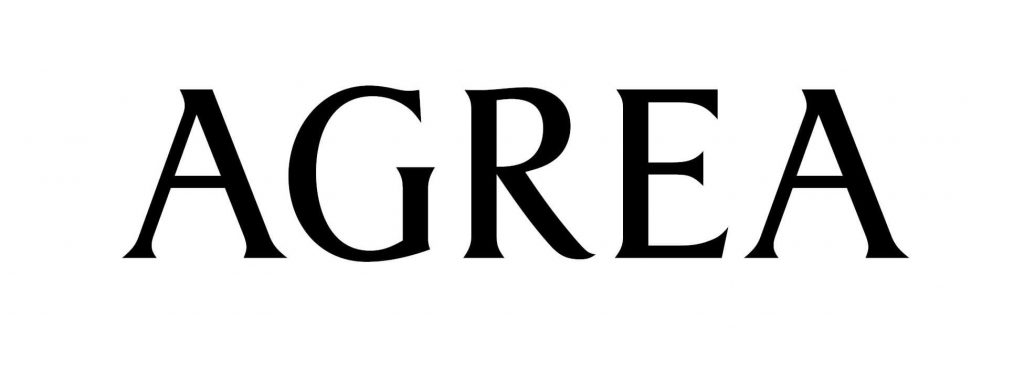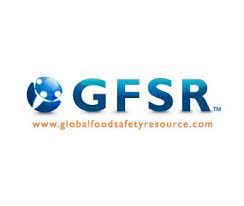Introduction
The production, transport and preparation of foodstuffs aims to bring safe and tasty products to the market and to the table. The measures taken during the entire process to guarantee good (microbiological) quality are called hygiene. Hygienic measures can be divided into industrial hygiene and personal hygiene.
Industrial hygiene
The term industrial hygiene refers to all hygienic measures that the company takes to monitor the quality of the products. This includes the organization of the company, ‘routing’, equipment, sanitary facilities, pest control, etc. Within company hygiene there are rules regarding production and harvest areas and layout (set-up and facilities). Since these rules cannot be controlled at an individual level, they have been omitted here. However, the following requirements and guidelines are important to keep in mind:
Hygiene requirements for furnishing:
- Maintenance: good state of maintenance;
- Cleaning and disinfection: specific rules for cleaning and disinfection, regular cleaning and disinfection necessary, removal of cleaning and disinfection agents, production areas must be cleaned after production, sanitary facilities must be clean at all times;
- Supervision of hygiene: schedule for cleaning and disinfection, supervision by an independent expert;
- Storage and disposal of waste: waste must not have the chance to contaminate food and drinking water, good rules regarding cleaning and disinfection of waste containers and storage areas;
- Pets: should be kept out;
- Pest control: there should be a pest control program, use of pesticides should be controlled, limited use of pesticides;
- Storage of hazardous substances: labeled storage in closed areas
- Personal belongings and clothing: not stored in production areas.
Guidelines for hygienic preparation:
- Raw materials: good quality raw materials, research if necessary, responsible storage;
- Prevent contamination: separation of raw materials/finished products, personnel idem, washing hands after dirty jobs, cleaning and disinfection of equipment after use;
- Water: drinking water quality, if other water is also used, strict separation is necessary;
- Processing: technically competent personnel, execution of the process in such a way that quality remains good, treat packaging units neatly, prevent danger to public health;
- Packaging: appropriate packaging, hygienic storage, regular inspection, packaging conditions must not affect product quality, coding must be such that production data can be traced, good note production data required;
- Storage and transport: preventing spoilage, regular inspection of product quality, handling the first in – first out – system;
- Laboratory research: research schemes, representative sampling, standard methods, good practices.
Personal hygiene
In addition to company hygiene, the personal hygiene of the staff within the company is also important. Micro-organisms can be found everywhere on and in the human body. They can be found on the skin, in the faeces and on clothing. Through transmission (via hands, coughing, etc.) these organisms can end up in or on food and drink. Because micro-organisms are on the body and clothing, personal hygiene is not limited to washing hands, but covers the entire body.
Persons who are carriers or excretors of micro-organisms that can give rise to infectious diseases, suffer from an infectious skin disease or have ulcerated wounds, may not come into direct contact with food or drink. For this reason, a visitor registration should always ask whether the visitor is suffering from or has suffered from infectious diseases, infections, diarrhoea, typhoid fever, paratyphoid and tuberculosis. Visitors who suffer or have suffered from this are not allowed to enter the production due to the possibility of contamination of the product and the process. Persons with injuries may only work with foodstuffs if the wound is well protected with a water-impermeable covering.
It is of the utmost importance to ensure that there is a good separation between personnel who come into contact with the end product and personnel who work with the raw materials and the first operations of the product. In this way, the risk of contamination of end products is reduced. Washing hands is mandatory before starting work, after visiting the toilet and further after contact with contaminated products.
In addition to the information given above, the following rules are important.
You are not allowed to:
- Eating, drinking or smoking in the production areas.
- Wear artificial nails.
- Nail polish to use.
- Smoking in company clothing.
- Bring food, drink and medicines into production.
- Spit, sneeze or cough above the products.
- Jewelry to wear. Jewelry that cannot be removed should be covered with blue, detectable, plasters. Wearing earrings, watches, piercings is not allowed.
- Use heavy perfumes or aftershaves or to a large extent.
- Enter the production at:
- Jaundice.
- Diarrhea.
- Yield.
- A fever.
- Sore throat with fever.
- Visibly infected skin spots (burns, cuts, etc.).
- Running ear, eye or nose.
- Other infectious diseases or illnesses that can jeopardize food safety.
One should:
- Cut the fingernails short.
- Beards and mustaches to cover with a beard net.
- Cover cuts and abrasions with water repellent detectable blue plasters. And disposable gloves if it concerns the hands.
- Wear blue plasters for wounds. Other plasters are not allowed.
- Wear the prescribed company clothing. Hairnets should cover the hair and ears.
- Where prescribed, wear blue disposable gloves and replace them in a timely manner. At least every time contaminated material has been touched and after every work stoppage.
- Wash and disinfect hands before entering the production area and starting work.
Other:
If employees carry or have been in contact with an infectious disease, they must report this to the management or company manager. These take care of other work, so that they do not participate in the processing or preparation of products, for example by having them perform administrative work.
Hand hygiene
Because in many cases the food is handled with the hands during processing, extra attention must be paid to hand hygiene. Wearing (disposable) gloves cannot replace washing hands. Gloves also get dirty. The disadvantage of this is that you are less likely to realize that the gloves are dirty. Gloves should therefore be washed regularly or changed repeatedly for new (clean) ones. Another disadvantage of constantly wearing gloves is that hands become clammy. If the gloves are removed, the risk of contamination of products with those damp hands is particularly high.
Important notes when washing hands:
- Always use warm running water and preferably use liquid soap, use of antibacterial agents may, but is not absolutely necessary;
- Wet hands and apply some liquid soap on hands;
- Rub the hands firmly until the soap foams, rubbing well over the palm, top of the hand, between the fingers and under the nails;
- Rinse hands under running water;
- Dry hands with a clean disposable (or single-use) towel and take care not to touch the tap and the towel dispenser with clean hands;
- Dispose of the dirty towel in the waste bin (don’t touch the lid).
Related articles to What is Food hygiene and the considered guidelines?
Many customers and visitors to this page 'What is Food hygiene and the considered guidelines?' also viewed the articles and manuals listed below:



